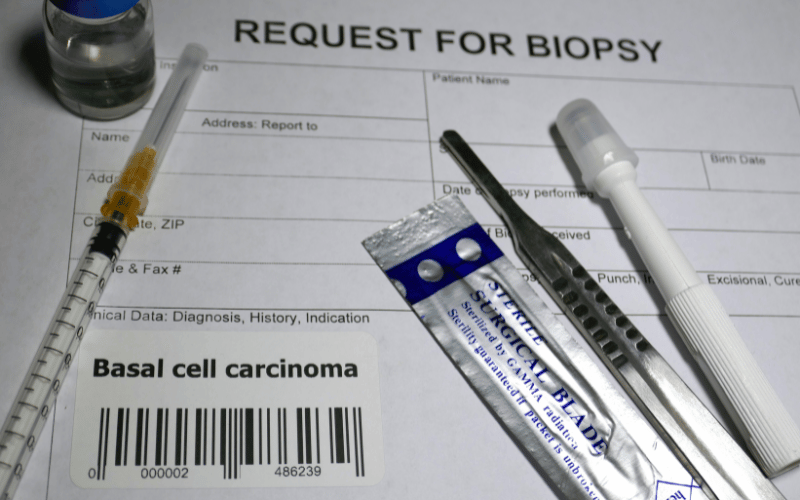Introduction: Unveiling the Threat of Basal-Cell Carcinoma

Skin cancer isn’t something most people casually chat about over coffee, but maybe it’s time we did. Basal-cell carcinoma (BCC) is no longer the obscure term it once was; it’s a reality millions are grappling with. This type of skin cancer is now the most common cancer diagnosis in the United States. Staggering, isn’t it?
But it’s not just a U.S. issue; it’s a global concern. According to the American Cancer Society, a jaw-dropping 3.6 million new cases are identified each year. That’s not just a statistic; it’s a wakeup call. It might be tempting to brush this off as just another health scare, but let me tell you, that would be a grave mistake.
Let’s cut to the chase—no one is entirely off the hook. Basal-cell carcinoma does not discriminate; it can affect anyone, regardless of age, skin type, or lifestyle. Even if you’re diligent about sunblock and wear a hat like it’s your job, you’re still at risk. You see, other factors like genetic predisposition and certain environmental elements can come into play.
So, what makes basal-cell carcinoma so urgent to understand? For one, its growing prevalence means that ignorance is no longer an option. We all need to be in-the-know about this insidious disease. Staying informed isn’t just smart; it’s essential.
This article aims to arm you with 15 invaluable facts about basal-cell carcinoma that could very well be the game-changer in how you approach your skin health. With its escalating numbers and far-reaching impact, now’s the time to shed light on this pervasive yet under-discussed form of skin cancer.
1. The Insidious Nature of Basal-Cell Carcinoma: A Slow-Growing Threat

One of the trickiest aspects of basal-cell carcinoma is its slow-growing nature. Often, it can appear as an unassuming bump or patch on the skin, not immediately signaling alarm. Over time, the cancerous cells multiply at a glacial pace, which could lead people to underestimate its severity. However, the rate of growth is a double-edged sword; slow growth might mean early detection is possible, but it also can lull you into a false sense of security.
The lesions typically begin as small, shiny bumps, often resembling a pimple or a flesh-colored mole. Due to this, many people might simply ignore it, not giving it the concern it would if it were more glaringly abnormal. This is where basal-cell carcinoma employs its deceit; it doesn’t scream, “Look at me; I’m dangerous!”
Contrary to what people might think, the slow growth doesn’t mean it won’t cause harm. Over time, if left unattended, basal-cell carcinoma can invade deeper layers of the skin and even destroy surrounding tissues. Once it infiltrates these areas, treating the carcinoma becomes more complicated, sometimes requiring aggressive surgical interventions.
Therefore, while the slow-growing nature of basal-cell carcinoma might make it seem less intimidating than other forms of cancer, it’s this very trait that can lead to misjudgment and delayed action. Early detection remains crucial, and that means not taking this cancer lightly, despite its slow-burning approach. (1)